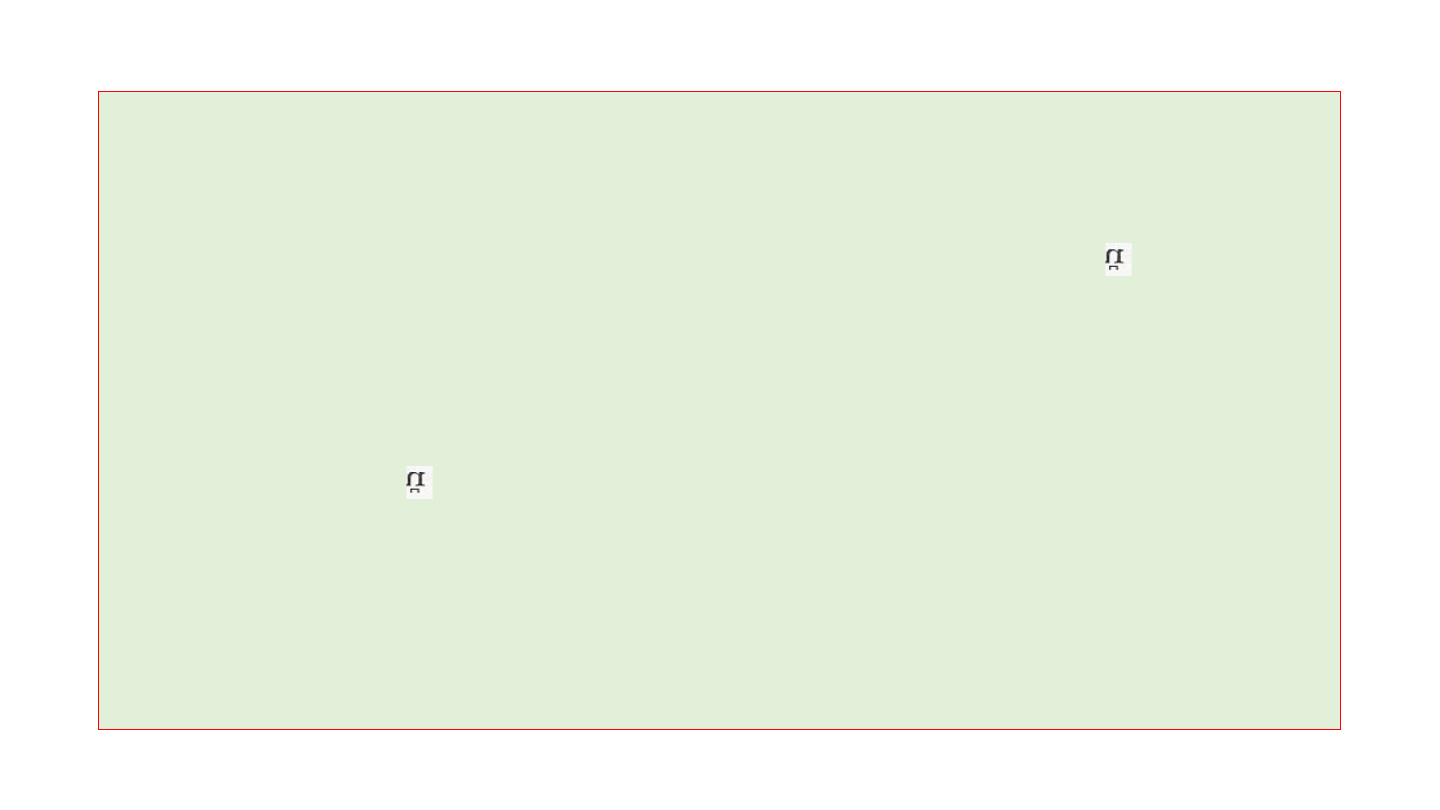
2.2 Complementary versus Overlapping Distribution
2.2.1 Overlapping distribution and contrast
- When two sounds are capable of occurring in the same environment, we say
that these sounds are in overlapping distribution.
e.g.) lake[lek] - rake[rek] : [l] and [r] occur in the same environment (in word-initial
position, followed by the same sound).
mole[mol] - more[mor] : [l] and [r] occur in word-final position, preceded by the
same sounds, under the same environment.
elect[ɪlɛkt] - erect[ɪrɛk] : [l] and [r] occur medially, preceded and followed by the
same sounds, under the same environment.
kin [kɪn] - king[kɪŋ]: [n] and [ŋ] occur in the same environment (in word-final position,
preceded by the same sounds).
The contrastive sounds in each pair are in the same environment and cause the change of
meaning each other in each pair. The contrastive sounds are in overlapping distribution.

(1) When the two sounds are in an overlapping distribution, the substitution of one sound
for the other changes the meaning of the word. So they are in contrast,
and they are the manifestations of different phonemes. For example, the difference
between ‘lake’ and ‘rake’ appears only in the word-initial sounds, and because of the
difference of the single sound [l] in ‘lake’ and [r] in ‘rake’, the two words have different
meaning respectively. The [l] and [r] are different phonemes and in contrast in meaning.
(2) The contrast in meaning is shown in overlapping distribution and produces minimal pairs.
Minimal pairs are pairs of words that have exactly the same sounds in the same order
except for a single difference in sounds, and have different meanings.
Therefore, the following pairs are minimal pairs as well as in overlapping distribution.
lake[lek] - rake[rek]
mole[mol] - more[mor]
elect[ɪlɛkt] - erect[ɪrɛk]
kin [kɪn] - king[kɪŋ]

These pairs show the overlapping distribution and they are minimal pairs.
jail – Yale /ʤ/ - /j/ [ʤel] – [jel]
budge – buzz /ʤ/ - /z/ [bʌʤ] – [bʌz]
witch – wish /ʧ/ - /ʃ/ [wɪʧ] – [wɪʃ]
bite – light /b/-/l/ *pay – pale [pe]-[pel]
bowl – soul /b/-/s/ *milk – Mick [mɪlk]-[mɪk]
debt – dead /t/-/d/ *bother – brother [baðə]- [brʌðə]
father – fodder /ð/-/d/ *net – ten [n
ɛt]-[tɛn]
broth – brought /ɵ/-/t/ *mitt – meal [mɪt]-[mil]
body – buddy /a/-/ʌ/ *scene – din [sin]-[dɪn]
scene – bean /s/-/b/
meat – meal /t/-/l/

2.2.2 Complementary distribution
(1) When the two or more sounds are in the same environment, they can be in
complementary distribution.
Two sounds are in complementary distribution if /X/ never appears in any of
the phonetic environments in which /Y/ occurs. For example, in English, the
distribution of the dentalized nasal and alveolar nasal [ ]and [n] is such that they never
appear in the same environment. The dentalized nasal can be produced in the place
where the nasal is immediately adjacent to a dental sound, before dentals ([tɛ ɵ]
‘tenth’).
But the alveolar nasal [n] is frequently produced in other places as in ‘man, hand, name’,
where the nasal is not adjacent to a dental sound.
However, the word ‘tenth’ can be possibly pronounced with both the alveolar nasal and
the dentalized nasal because the two sounds are allophones of a single phoneme.

(2) In such cases of complementary distribution, the alveolar nasal and the dentalized nasal
can occur in different environments. So the contexts are mutually exclusive.
(3) However, these sounds of the alveolar nasal [n] and the dentalized nasal [
] are
allophones of one and the same phoneme /n/ because they both are derived
phonetic forms coming out of one basic phonological sound. This can be proved
from the fact that even if we pronounce the two sounds as the same sound re-
gardless
of the different environment, there is no change in meaning. So the word ‘tenth’
can
be [tɛnɵ] and [tɛ ɵ] without any change in meaning.
(4) The sounds under this environment are in complementary distribution.
And we can say that the two sounds are phonetically similar depending on the
assertion of the allophones of one and the same phoneme.

(5) If certain two sounds are in complementary distribution, they are gener-
ally phonetically
similar and allophones of a single phoneme. So the four phonetic forms
involved in ‘name, panther, snail, invite’, as we treated earlier, are all allophones of
the same phoneme /n/, and they are not contrastive in meaning each other in Eng-
lish.
(6) Exceptionally, there is an example that complementary distribution does
not imply
the allophones of the same phoneme.
e.g.) [h]-[ŋ] [h] is found only as an onset and never as a coda. -- ‘hand, house’
[ŋ] occurs only as a coda and never as an onset. -- ‘hang, sing’
The contexts of the two sounds are mutually exclusive and can be labeled
as complementary but they are not treated as the allophones of the same
phoneme.

Allophones coming out of a single phoneme always share the same phonetic
features, and thus are generally phonetically similar.
However, in [h]-[ŋ], we hardly see any phonetic similarity
because these sounds do not share anything with respect to their phonetic fea-
tures:
[h] is a voiceless glottal fricative, and [ŋ] is a voiced velar nasal.
Nevertheless, the distribution of the two sounds [h] and [ŋ] is comple-
mentary
because of their contrastive places in a syllable structure. In addition,
the two sounds have no phonetic similarity each other.
(7) In conclusion, overlapping distribution produces minimal pairs in the en-
vironment
where they have separate phonemes. This don’t show phonetic similar-
ity.
However, complementary distribution do not produce minimal pairs be-
cause it show
allophones of a single phoneme. Generally, this shows phonetic similarity.